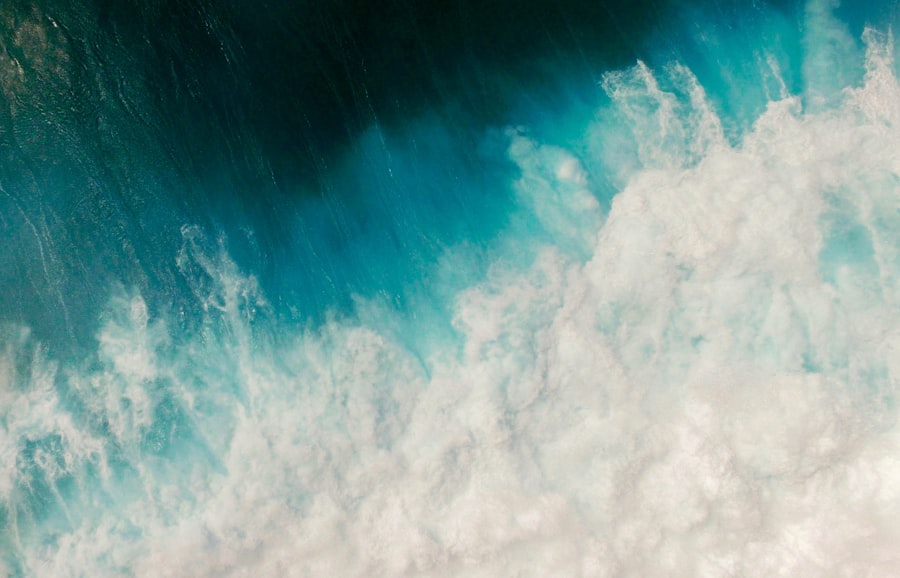Download links
How to install The Thrill of Ph630 Surfing: Riding the Waves of Adventure APK?
1. Tap the downloaded The Thrill of Ph630 Surfing: Riding the Waves of Adventure APK file.
2. Touch install.
3. Follow the steps on the screen.
Description
Surfing in the Philippines has a rich and vibrant history that dates back to the early 1970s when it first began to gain popularity among locals and tourists alike. The sport was introduced to the archipelago by foreign surfers who were captivated by the pristine beaches and consistent waves. The first documented surfboards were made from local materials, showcasing the ingenuity of Filipino craftsmen.
As the sport grew, so did the local surfing culture, which began to incorporate traditional Filipino values and community spirit. By the late 1970s and early 1980s, surfing had firmly established itself in the Philippines, particularly in areas like La Union, Siargao, and Baler. These locations became synonymous with surfing, attracting both local enthusiasts and international surfers seeking adventure.
The introduction of surf competitions further fueled interest in the sport, with events like the Philippine Surfing Championships showcasing local talent and drawing attention from abroad. Over the years, surfing has evolved from a niche activity into a significant part of the Philippine tourism industry, contributing to the economy and promoting environmental awareness.
Key Takeaways
- Surfing in the Philippines has a rich history dating back to the 1970s, with the sport gaining popularity in the country over the years.
- Some of the best surfing spots in the Philippines include Siargao, Baler, La Union, and Zambales, offering a variety of waves for surfers of all levels.
- Beginners can start surfing by taking lessons from experienced instructors, practicing proper paddling and standing techniques, and choosing the right surfboard for their skill level.
- Riding the waves provides an exhilarating experience, with surfers enjoying the adrenaline rush and the connection with nature while on the water.
- Safety is paramount in surfing, and it’s important for surfers to take precautions such as wearing a leash, knowing their limits, and being aware of potential hazards in the water. The surfing community in the Philippines is growing, with more people embracing the sport and contributing to its development and culture.
The Best Surfing Spots in the Philippines
Siargao Island: The Surfing Capital
Siargao Island is renowned for its exceptional surfing conditions, earning it the title of the surfing capital of the Philippines. Cloud 9, a famous surf break on the island, is particularly notable for its powerful waves and has hosted numerous international competitions.
La Union: A Haven for Beginners
La Union, located on the western coast of Luzon, is another exceptional surfing spot. Its consistent waves and friendly surf schools make it an ideal destination for beginners. The area has become a hub for surf culture, with numerous cafes, shops, and accommodations catering specifically to surfers.
Other Notable Surfing Spots
The Philippines has a wealth of other surfing spots that are worth exploring. Baler, the birthplace of surfing in the Philippines, offers excellent waves for both beginners and experienced surfers.
Tips for Beginners: How to Start Surfing

For those looking to embark on their surfing journey, starting can be both exciting and daunting. One of the most crucial steps is to take lessons from a qualified instructor or join a surf school. Professional guidance can significantly accelerate the learning process by providing essential techniques and safety tips.
The Thrill of Riding the Waves
| Wave Height | Wave Speed | Riding Time |
|---|---|---|
| 6 feet | 25 mph | 30 seconds |
| 8 feet | 30 mph | 45 seconds |
| 10 feet | 35 mph | 1 minute |
The exhilaration of riding a wave is an experience unlike any other, often described as a blend of adrenaline and tranquility. As surfers paddle out into the ocean, anticipation builds with each wave that approaches. The moment a surfer catches a wave is transformative; it’s a rush of energy as they glide across the water’s surface, feeling both empowered and connected to nature.
This unique interaction with the ocean fosters a deep appreciation for its beauty and unpredictability. Riding a wave requires not only physical skill but also mental focus. Surfers must read the ocean’s movements, anticipating when to paddle and how to position themselves for an optimal ride.
This dance with nature creates an almost meditative state where worries fade away, leaving only the thrill of the moment. Many surfers describe this feeling as “stoke,” a euphoric state that comes from successfully riding a wave or simply being in the water. The sense of community among surfers further enhances this experience.
Sharing waves with friends or fellow surfers creates bonds that transcend language and culture. Whether it’s cheering each other on during a session or sharing tips on technique, this camaraderie adds depth to the surfing experience. Events like surf competitions or local gatherings foster connections among surfers, creating lasting friendships built on shared passion.
Surfing Safety: Important Precautions to Take
While surfing can be an exhilarating activity, it is essential to prioritize safety at all times. Understanding ocean conditions is crucial; surfers should be aware of factors such as rip currents, tides, and wave size before entering the water. Checking local surf reports can provide valuable information about current conditions and potential hazards.
Additionally, beginners should always surf in designated areas where lifeguards are present or where other surfers are around. Wearing appropriate gear is another vital aspect of surfing safety. A well-fitted leash attached to the surfboard prevents it from drifting away after a wipeout, reducing the risk of injury to oneself or others in the water.
Furthermore, using sunscreen designed for water sports can protect against harmful UV rays while ensuring that it is reef-safe to protect marine ecosystems. It’s also important for surfers to know their limits and avoid pushing themselves into challenging conditions before they are ready. Surfing with a buddy system can enhance safety; having someone nearby can provide assistance in case of emergencies or unexpected situations.
Lastly, being respectful of other surfers and following surf etiquette not only promotes safety but also fosters a positive environment in the water.
The Growing Surfing Community in the Philippines

Surf Schools Promote Sustainability
In response to the growing interest, local surf schools have proliferated, offering lessons that cater to various skill levels while promoting environmental awareness among students. Many schools emphasize sustainable practices such as beach clean-ups and conservation efforts aimed at protecting marine life. This commitment to sustainability resonates with both locals and visitors who recognize the importance of preserving these beautiful coastal environments for future generations.
Surf Competitions Foster Camaraderie
Surf competitions have become increasingly popular events that draw participants from various regions and countries. These competitions not only highlight local talent but also foster camaraderie among surfers from different backgrounds. Events like the Siargao Cloud 9 Surfing Cup have gained international recognition, further solidifying the Philippines’ reputation as a premier surfing destination.
A Culture of Adventure and Sustainability
As more people embrace surfing as a lifestyle rather than just a sport, communities are forming around shared values of adventure, respect for nature, and personal growth. This burgeoning culture continues to inspire new generations of surfers who are eager to ride the waves while contributing positively to their communities and environments.
If you’re a fan of surfing, you may also be interested in reading about the impact of social media on our lives. Check out this article on Facebook and how it has changed the way we connect with others online. It’s fascinating to see how technology continues to shape our daily interactions, just like how the waves shape the surfers’ experiences in the water.
FAQs
What is surfing?
Surfing is a water sport in which a person rides a board on the crest of a wave, typically while standing up.
What equipment do I need for surfing?
The basic equipment for surfing includes a surfboard, leash, wetsuit, and wax. Optional equipment may include fins, traction pads, and a surfboard bag.
What are the different types of surfboards?
There are several types of surfboards, including shortboards, longboards, fish boards, and funboards. Each type is designed for different wave conditions and surfing styles.
What are the best surfing spots in the world?
Some of the best surfing spots in the world include Pipeline in Hawaii, Jeffreys Bay in South Africa, Teahupo’o in Tahiti, and Banzai Pipeline in Oahu, Hawaii.
What are some safety tips for surfing?
Some safety tips for surfing include always wearing a leash, being aware of your surroundings, knowing your limits, and respecting other surfers in the water. It’s also important to be mindful of rip currents and to protect yourself from the sun with sunscreen.





